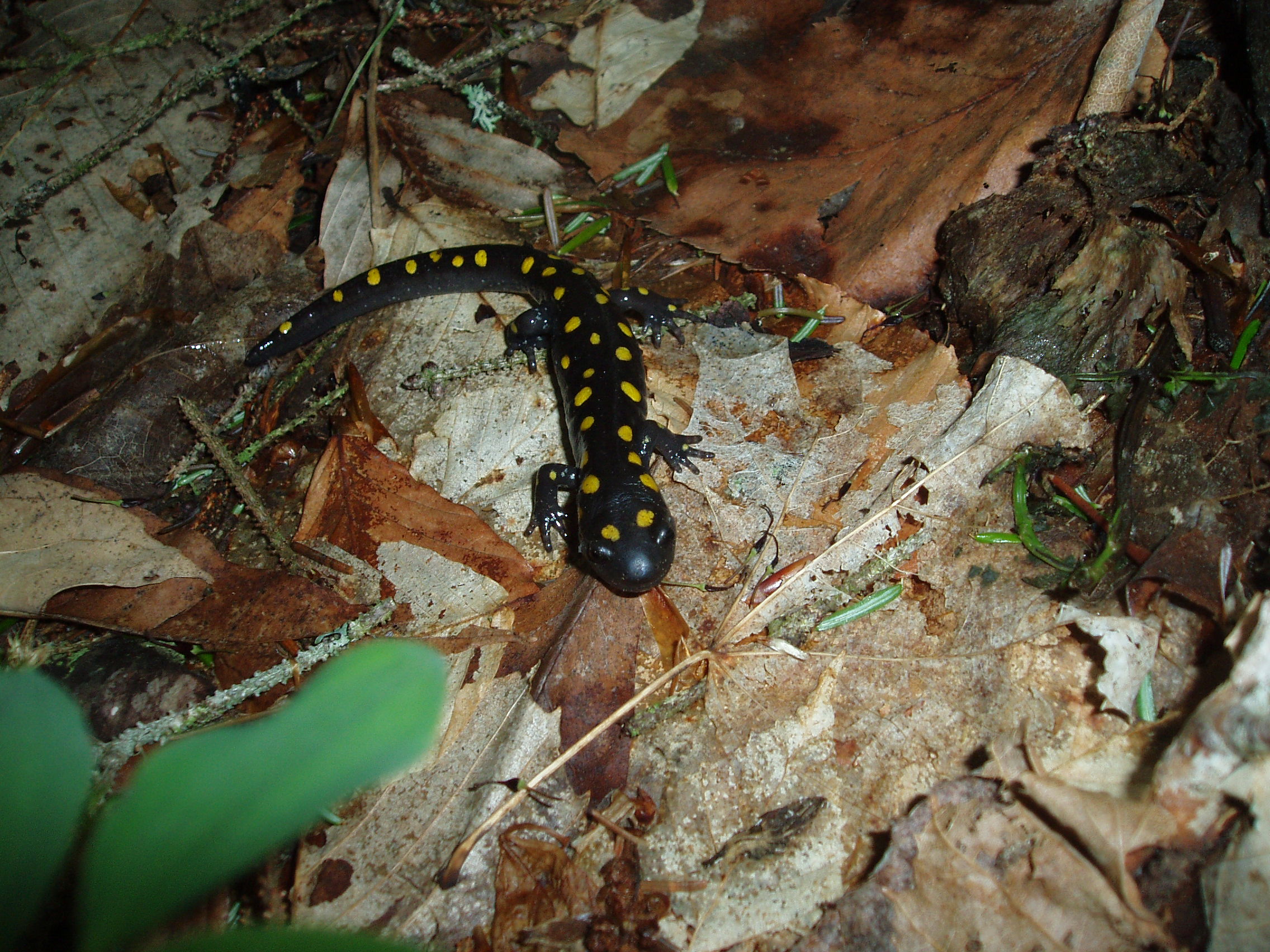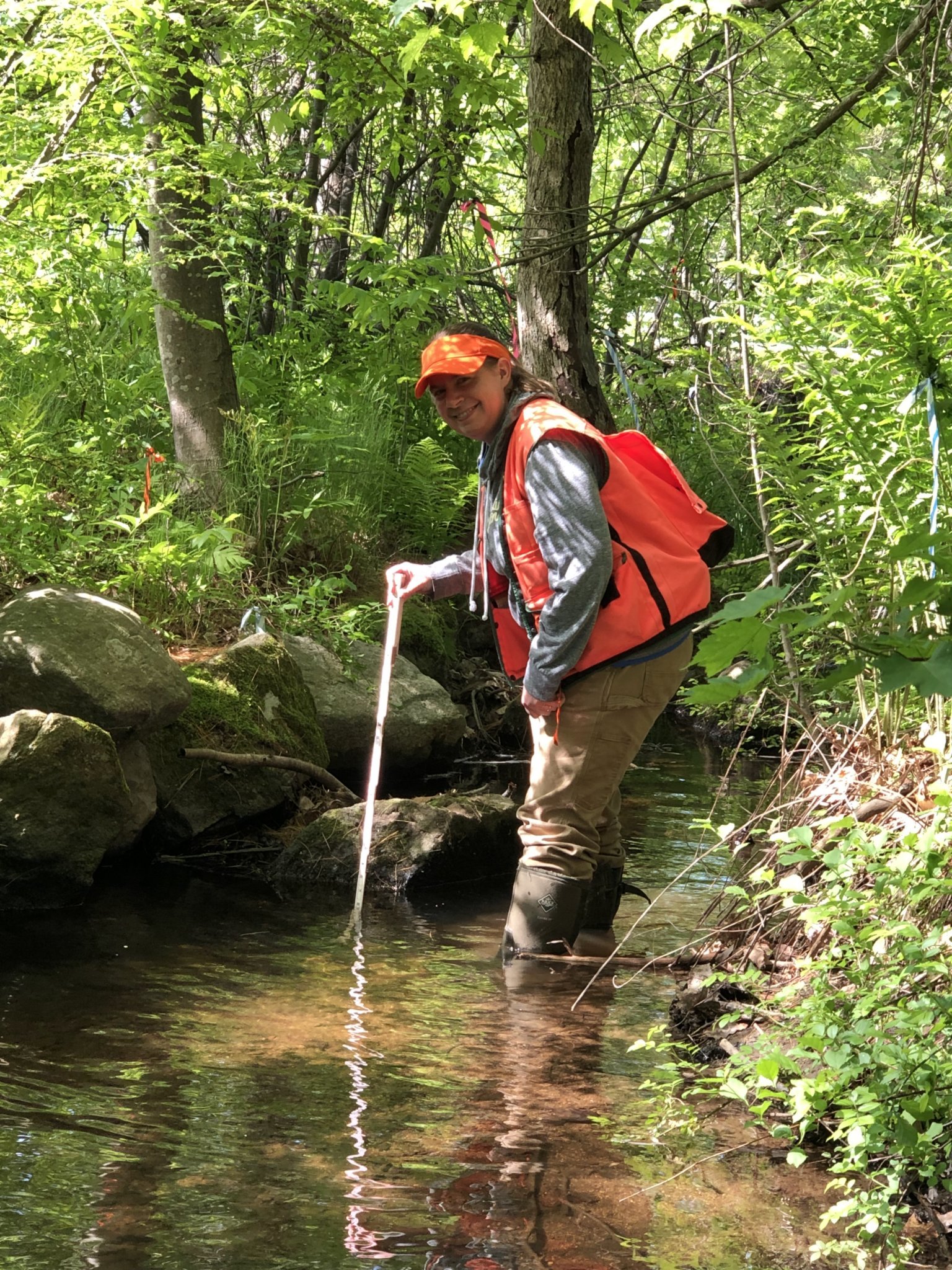Wetlands play an important role in our ecosystem for a wide variety of reasons. They act as filters protecting our water sources from natural and manmade waste, have the ability to recharge groundwater aquifers and offer protection to rivers and streams from erosion as a result of flooding. They can provide a food source for humans; rice and cranberries are harvested in wetlands as well as fish and crayfish. Wetlands also provide habitat for a diverse community of flora and fauna. In spite of all the benefits that wetlands provide, the impact that humans have had on wetlands has been significant.
Prior to 1970, wetlands were filled and/or drained for the purposes of agriculture, commercial and residential development, as well as the promotion of transportation with regard to roadways and bridges. These practices resulted in the significant loss of wetlands on a global scale. The concept of wetland conservation originated in the mid 1970s by identifying wetlands as valuable resources whose loss has serious economic, ecological and aesthetic consequences.

Today, there are state and federal laws in place to protect our wetlands. Activities conducted in wetlands and their buffers must be reviewed at local, state and federal levels, and when impacts cannot be avoided, require permitting. Permit applications are reviewed on local, state and federal levels and must include a demonstration of avoidance and minimization as the first important step to reducing wetland impacts. Hoyle Tanner’s experienced design and environmental teams work with our clients to design sites in a way that avoid and minimize impacts to wetlands to the greatest extent possible.
When substantial impacts to wetlands and buffers cannot be avoided and have been deemed necessary to meet the purpose of the project, mitigation is required. The purpose of mitigation is to offset the loss of the function and values of the impacted wetland. Mitigation can be completed in a variety of ways, including wetland creation, restoration, enhancement or sometimes through a land preservation project. Requirements for mitigation vary throughout each state, and the preferred type of mitigation varies.
Wetland Creation: Great Idea, Tough to Do?
Mitigation for impacting wetlands through creating a wetland where none exists sounds like an appealing option, especially for communities who would like to see the wetland impacts offset within their own boundary or in a nearby community. However, a wetland can’t just exist anywhere. There is a certain set of conditions that must be available within the creation location as wetlands are defined by three parameters: hydrology, soils and vegetation. Selection of a site should include investigation of groundwater levels and an understanding of annual seasonal depth, duration and timing of both inundation and saturation. It is recommended that relocation and reuse of hydric soils from an impacted wetland be utilized for the creation area. Finally, vegetation should be native vegetation that will match the hydrology and soil conditions that will be created. While soils and vegetation can be brought to the site, hydrology can be difficult to introduce if the site does not contain access to either groundwater, adjacent surface water or a high water table.
Unfortunately, survey after survey over time has shown that wetland creation can be tricky, and a high number of created wetlands fail. The creation of ‘pocket wetlands’ within a development site or at the edges of a property within an existing upland has historically had a high failure rate, and in most cases is simply due to the site not being tenable for a wetland to exist or be sustainable. In far too many cases, applicants have failed to follow through on promises to replace wetlands they destroyed. Other times, when the effort was made, over time the areas convert back to dry land, become filled with invasive plant species, or are built are next to roads, sidewalks or other areas that can become degraded as a result of pesticide runoff or foot traffic.

Rehabilitation or Enhancement: Higher Success Rate
It would make sense that the rehabilitation or enhancement of an existing wetland would be a more successful and appropriate form of mitigation since supplementing or improving on what already exists removes many obstacles that creation has to overcome. An underperforming wetland is still a wetland and can often be rehabilitated by improving on the water regime or hydrology, removing invasive species and adding native wetland plants, or enhancing the soils. Restoration of a damaged wetland will have a greater chance of establishing its range of prior wetland functions, including critical habitat. Also, chances are greater for the long-term sustainability of a restored wetland than for one created in an upland location that is not conducive to long-term sustainability. Federal and state agencies are trending more in this direction given the higher rate of success for these types of projects.
Wetland Banking & In-Lieu Fee: Wider Concepts to Mitigation
In response to the realization that creating small, isolated wetlands within development sites is not a sustainable option to compensate for wetland impacts, the concepts of Wetland Banking and In-Lieu Fee have originated. Much like a typical bank, a wetland bank is a large, created wetland that becomes available to sell credits to developers to offset wetland impacts, typically based on a fee per square foot or acre. For example, if a project impacts 1,000 square feet of wetland, then 1,000 square feet of the banked wetland are purchased by paying a fee that is based on the cost of developing that wetland. In some states, a slightly altered version of this is using an “in-Lieu Fee” by which the permitting agency charges a fee to be paid by the permit applicant to offset wetland impacts. The fee is set by each organization and is typically based on the land value in a region, county or municipality, including a set cost for completing the actions needed to create, restore or enhance a wetland. The money paid into the In-Lieu Fee account is then pooled from various projects and is provided to other organizations in the form of grants to create larger projects d with a higher chance of success. For example, a non-profit organization can apply for a grant and use the funds to restore a stream crossing, enhance a wetland within a park, remove invasive species, or preserve undeveloped waterfront within a parcel that is under threat of development.
As an example, the New Hampshire Department of Environmental Services (NHDES) created the Aquatic Resource Mitigation (ARM) fund that accepts mitigation payments for project impacts and then issues grants for wetland mitigation and land conservation projects within specified service areas. This ensures that the capital paid into the ARM fund are used for projects within the same watershed as the impacts. In my hometown of Goffstown, the Forest Society of New Hampshire partnered with the Goffstown Conservation Commission to place 177 acres of undeveloped land that was ripe for development under a conservation easement, using an ARM fund grant. This permanently protected important wetland and stream buffers and vernal pools, including one 22-acre open wetland complex that was designated as a prime wetland, along with several smaller forested wetlands, at least three vernal pools and an unnamed perennial stream. This is a great example of the successful implementation of a wetland banking tool. You can find other NHDES ARM Fund success stories on their webpage: https://www.des.nh.gov/business-and-community/loans-and-grants/aquatic-resource-mitigation-fund
Much of the information in this article was from an award winning senior research paper by Deb Coon, Hoyle Tanner Environmental Coordinator. Our entire Environmental Permitting team is experienced and ready to help your community! Reach out to me, Kimberly Peace, if you have any questions or mitigation needs.
*It’s Hoyle Tanner’s 50th anniversary this year! Keep an eye on our Facebook, LinkedIn, and Twitter feeds for articles and anniversary news!









